fishburger
TPF Noob!
- Joined
- Dec 13, 2016
- Messages
- 11
- Reaction score
- 0
- Can others edit my Photos
- Photos NOT OK to edit
Are two LEDs with 7000 lumen with 5000K white color each good enough? Shall I keep the Husky worklight or go to a photography store to buy two sets of light bulbs and white umbrella?



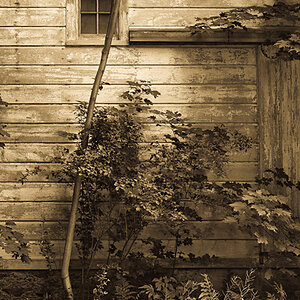
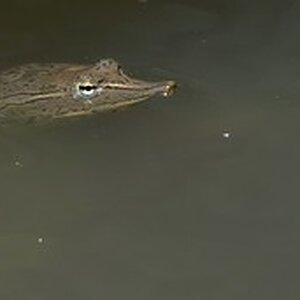
![[No title]](/data/xfmg/thumbnail/37/37127-bf1c0cde30f216dbd2804a0e700d6433.jpg?1619737884)
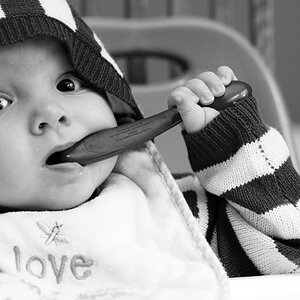

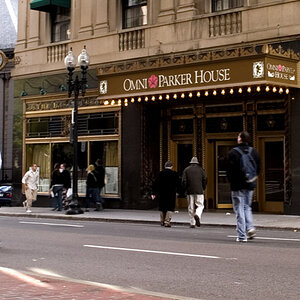
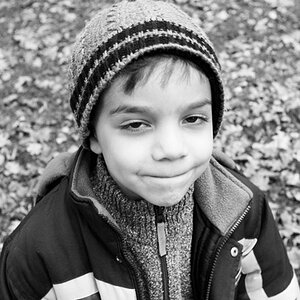
![[No title]](/data/xfmg/thumbnail/37/37605-90c8efaef5b7d1f52d4bf8e7dfd33673.jpg?1619738148)
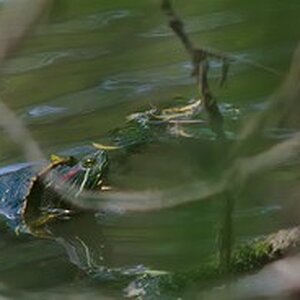
![[No title]](/data/xfmg/thumbnail/37/37126-93feffeca0e9e6ad893962c03a7a341e.jpg?1619737884)
![[No title]](/data/xfmg/thumbnail/34/34054-75057fa828bda4184ea808ff8bd8dfcf.jpg?1619736254)